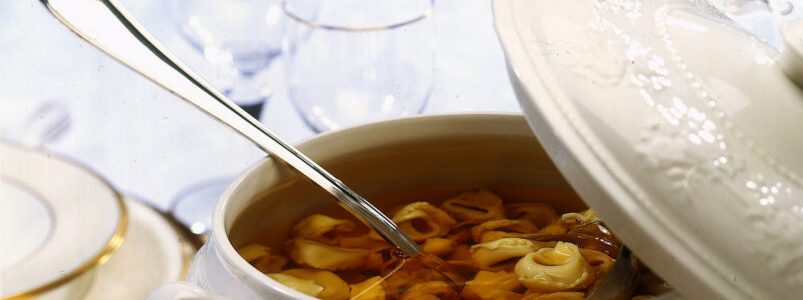I felt so guilty all of yesterday for the carpet disaster that I set about making a very elaborate partridge thing for my husband’s dinner, using the two partridge he had bought on an impulse at the Farmer’s Market the previous Saturday.
This was a slightly over the top thing to have on a cold November weeknight but I think my husband liked it – though I had a sudden and unexpected massive attack of nausea at 7.45pm so couldn’t eat a thing.
This would be very good for a dinner party – everyone gets their own partridge and the sides are straightforward and easy to do in bulk. I’m sure you could do this with quail, as well. Or pheasant? Or are pheasant huge?
Pot-roast partridge with Savoy cabbage
For the partridge
2 partridge
1 small savoy cabbage
2 carrots
1 medium onion
2 bay leaves
4 sage leaves
4 sticks thyme, leaves picked off
2 sticks celery
1 glass white wine
1 pint chicken stock
For the cabbage
(you do not have to have cabbage with this. Maybe some lovely mash instead, or a cauliflower cheese?)
1 cabbage
1 small onion
4 rashers streaky bacon
1 tbsp cream if you have it
1 In a casserole pan with a lid, melt some oil and butter and then brown the partridge all over. Do this quite thoroughly – I’d say for about 6 minutes in total. Once browned, remove the birds to a plate and take the casserole pan off the heat.
2 Now make your mirepoix. Don’t panic! I will explain what this is.
A mirepoix is a mound of very finely-chopped onion, celery and carrot, (although there are variations on this), which makes up the base of a lot of French sauces and soups. This is one of the reasons to own an incredibly expensive, very sharp knife from the likes of Global. Ask for one for Christmas! (I am not on commission)
Chopping up carrot and celery very small is easy enough, but I always struggle with onion. What I tend to do is try my best and then when it all starts going to piss and slipping about everywhere, I just go over it with my knife in a levering motion to get the rest really small. Not what Jamie would do BUT HE’S NOT HERE 🙁
Anyway so that is a mirepoix. Make one of these and then add to it your bay leaves, thyme leave and torn sage leaves.
|
| This is a mirepoix. The veg could stand to be even smaller but I am a bit ham-fisted. |
3 Add the mirepoix to the recently-vacated casserole pan and cook this over a medium flame for 4 minutes. I chose to stir this a lot to stop the onions from catching and it was a good idea. After this time, add your glass of white wine and turn the heat up so that it all bubbles down to just a thin pool of liquid at the bottom of your casserole. This takes a few minutes.
Now add your stock – it really must be decent stock, not from a cube – and put the partridge back in. Put the casserole with a lid on in a 180C oven.
The recipe I followed, although good, left the partidge rather scarily underdone as it only specified a 15 min cooking time. So if I were to do this again I would do 15 min with the lid on and then 10 mins with the lid off. Another benefit of this is that partridge can have an unfortunate greyish tinge to the skin and taking the lid off allows the top to brown, which is so important for presentation. And, because this is a pot-roast, you don’t have to worry about the partridge drying out because it is protected by the surrounding liquid.
4 While the partridge is cooking, shred the savoy cabbage and chop up the onion and bacon. Sweat the onion for a few minutes in some butter and oil and then add the bacon. Cook this for about four minutes and then add the cabbage. Put a lid on and leave for another four minutes. I was not happy about leaving this with so little liquid so added a ladleful from the partridge cooking sauce. In all I reckon I cooked the cabbage for about 10 minutes. The recommended 4 minutes just left it raw and crunchy. I finished the cabbage with some cream I had knocking about.
4 Once the partridge is done, remove and put somewhere to rest and keep warm. Put the casserole pan back on the hob and give it a good boil to reduce the sauce. Season generously with salt and pepper after it has reduced.
5 Serve with a pile of cabbage, a partridge (on or off the bone, up to you) and the cooking sauce.
 and then
and then  "Add to Home".
"Add to Home".
